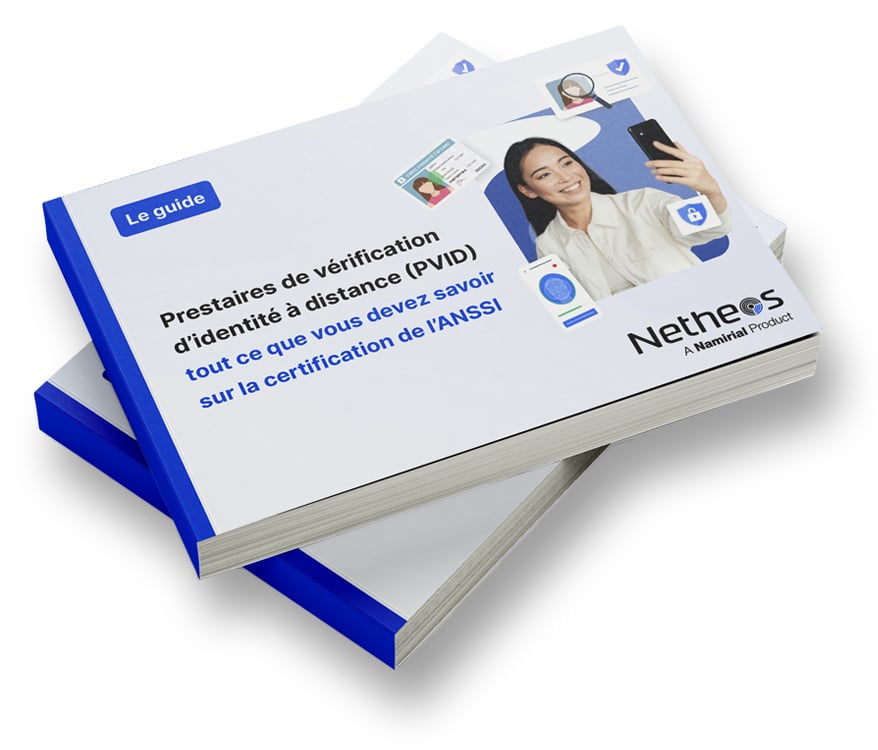If you want to sell a financial product over the Internet, you need to be able to sign contracts electronically “on the fly” if you don’t want to fall back into the pitfalls of paper: costs, delays and non-compliance.Behind the electronic signature, prospect identification has become an obligation that needs to be considered in terms of risk, cost and conversion rate.
Electronic signature and signatory identification
There are two types of electronic signature: those that are presumed reliable and those that are not. For the former, their implementation is subject to certification and audits. The latter can be used as required. If their reliability is disputed in court, it will nevertheless be necessary to provide the technical elements demonstrating their quality, particularly with regard to the identification of the signatory and the preservation of the signed document, so as to ensure its integrity. Ultimately, both types of signature have the same legal value.
A so-called “on-the-fly” (or “server”) electronic signature belongs to the second category. Requiring no installation on the user’s workstation, it enables users to sign from any connected terminal (computer, tablet, smartphone). Its flexibility makes it the ideal tool for optimizing complex Internet sales processes.
As with all signatures, the identity of the signatory must be verified beforehand if the deed is to have legal force. When the customer is “known” and his phone number is presumed reliable, he can be authenticated via a one-time code sent by SMS. When the customer is “unknown”, i.e. a prospect, the just-declared telephone number cannot be presumed reliable, and sending an OTP by SMS is no longer sufficient. It cannot be authenticated to prove its identity.
What are the risks of prospect identification?
Dematerialization brings new technological responses to the risk of identity theft. But when the identification method is weak, a new danger arises: the customer himself questioning the value of his electronic signature, and therefore his commitments. The main risk is then the same as for a paper contract: a stock of contracts at risk, since they are based on the same model or the same contractualization process.
Of course, the impact of questioning the signature varies according to the nature of the contract. This will enable us to implement strategies that adapt the risk level of the contract to the customer’s history. Online banks, for example, will offer an electronic signature to open an account, but will wait a few months and often the use of a payment card before offering credit via an equivalent process.
What technical solutions?
Reinforcing the prospect’s identification before signing electronically is the first step. For this, the best practice is to implement a system that enables real-time verification of the signatory’s identity document (national identity card, passport, resident card). This check must be carried out only once, as close as possible to the signature. This solution has the advantage of not interrupting the user experience.
Depending on the payment process in place, a second option is to rely either on knowledge of the credit card number (remote sales), or on knowledge of the PIN code (physical sales).
Recording the signer’s voice consent is a third option. While this strengthens the evidence associated with his commitment, there is no real verification of identity prior to signing, to ensure its value.
Finally, if the risk associated with the contract is deemed too great, or if the identity check fails, an asynchronous route will be better than a return to paper. The user experience will then be interrupted for the time it takes to manually verify the user’s identity, generally by checking the supporting documents submitted beforehand, which may be associated with :
- One phone call
- A video call
- A letter sent by post to the signatory’s home address
In the medium term, government initiatives suggest that new standards will make it possible to strengthen prospect identification without interrupting the customer experience. The use of 2D-Doc to supplement identity documents with proof of address should be widespread by the end of 2015.
What impact on costs and conversion rates?
These solutions naturally have a significant impact on the cost of customer acquisition and the associated conversion rate. They can be classified as follows (from least to most impacting):
- Entering an OTP received by SMS
- Submitting an identity document
- Asynchronous manual file check
The impact of requesting identity documents before signing can lead to a 15% drop in the conversion rate. The cost of automatic verification is generally between €0.20 and €0.60, depending on volume.
The impact of asynchronous manual verification is variable. Telephone calls, for example, can boost the conversion rate if they have been designed with this in mind. On the other hand, it is time-consuming and therefore costly.
The conversion rate for an entirely digital process is around 30% higher than for a digital + paper process (contract and/or supporting documents sent by post). Adding controls will reduce this margin, but should never reverse it.
Conclusion
Because of the negative impact of additional controls on customer transformation, organizations implementing electronic signatures for prospects prefer in practice to reserve the 1st digital contractualization for low-risk contracts (small credit amounts, for example). Then, they progressively extend its scope (by increasing the ceiling) via new contracts whose identification will be reinforced by the history of the relationship.
The customer eligibility strategy must therefore evolve to integrate the dematerialization strategy. This is the basis on which technological solutions can complement the risk policy.
Finally, the first experiments will give us greater confidence and ambition. In this context, you need to know how to start with a project that is comfortable for everyone (business, legal and technical teams), learn together and then iterate with a new, more ambitious project.
Register
Register
Register
Register
Register
Register









